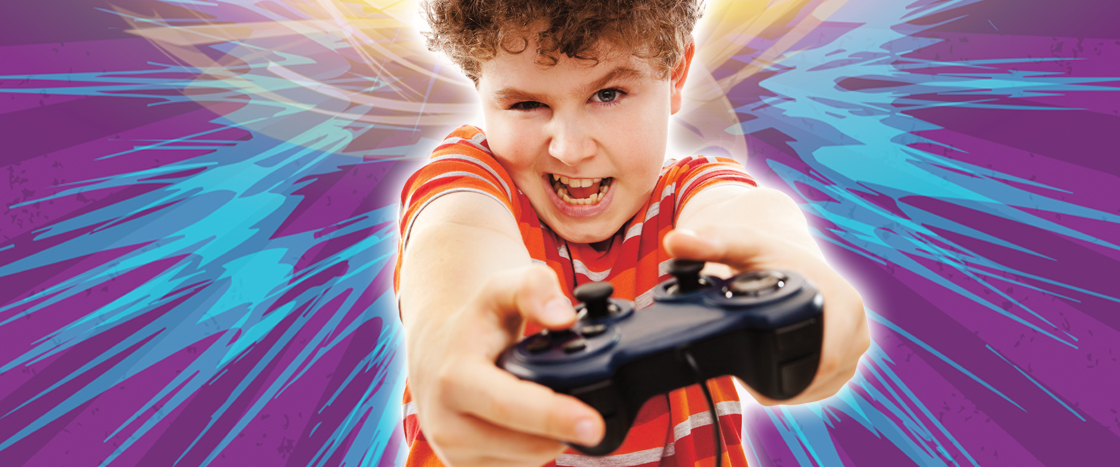After school, 8-year-old Griffin Higdon can usually be found playing video games. One of his favorite games is Minecraft. He and his friends from school meet up in the game’s online world and work together to build castles. “We plan out what we want to build during recess,” Griffin says.
Griffin isn’t alone in his love of video games. In the U.S., about 64 million kids between the ages of 2 and 17 play them. That’s 97 percent of kids in the country!
But since video games became popular in the 1980s, many adults have worried about how they affect young players. Over the years, scientists have researched what happens inside a person’s brain when he or she plays video games. What they have learned might surprise you!
Griffin Higdon is 8 years old. He can often be found playing video games at school. One of his favorite games is Minecraft. He and his friends meet up in the game’s online world. They work together to build castles. “We plan out what we want to build during recess,” Griffin says.
Griffin isn’t alone in his love of video games. About 64 million kids in the U.S. play them. Their ages range from 2 to 17. That’s 97 percent of kids in the country!
Video games became popular in the 1980s. Many adults have worried ever since. They’re concerned about the games’ effects on young people. Scientists have studied the brains of video game players over the years. What they’ve learned might surprise you!

